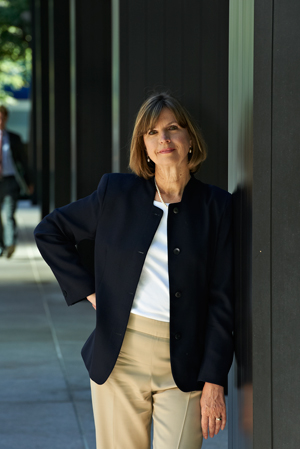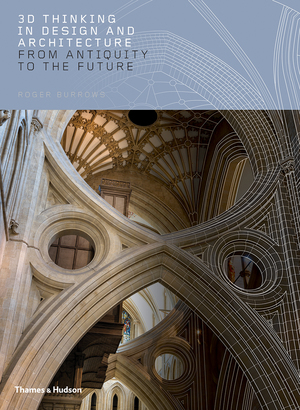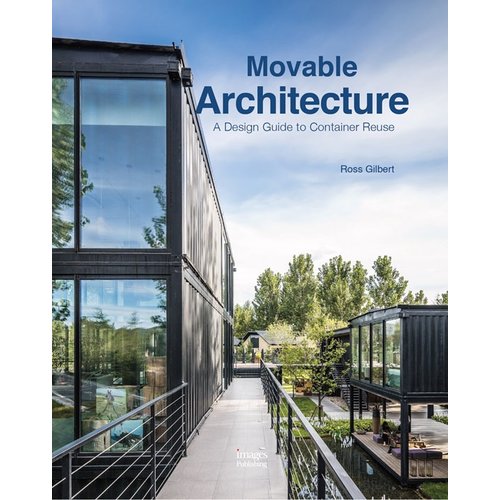Architects and preservationists continue to grapple with old buildings and new ideas.
This month’s issue, in which we explore contemporary ideas and projects surrounding historic architecture, is all about raising questions. What criteria make old architecture worth saving? Is it desirable, or even possible, to restore a historic building or neighborhood to its virgin state—or should preservation reflect layers of history? What inspires an architect to successfully adapt an old structure without resorting to the kind of historicist motifs that only cheapen a genuine regard for the past?

Some surprising leading figures from the world of architecture are engaging with historic buildings today, including Herzog & de Meuron, which made its mark with iconoclastic contemporary design. “Modernism had thought of history as an impediment to the goal of creating...a new future,” says Jacques Herzog in an interview. “If we had been born 10 years earlier, we would have been more profoundly influenced by a still-intact Modernism.” In its native Basel, Herzog & de Meuron has added to the 19th-century Museum der Kulturen by building up not out, with a whimsical roof that is sympathetic to yet idiosyncratic in the historic cityscape. In the magnificent 19th-century Park Avenue Armory in New York City—now being reimagined largely as a contemporary art and performance space—the same firm has recreated Victorian wallpaper and other details as a sort of mirage rather than a literal quotation. It’s what architectural scholar Jorge Otero-Pailos calls in an essay an “echo of...the lost original.”
That idea of the echo brings to mind last year’s National Book Award'winning book, The Swerve: How the World Became Modern, by Harvard historian Stephen Greenblatt. It concerns the 15th-century rediscovery of the lost manuscript of Lucretius’s “On the Nature of Things.” In six books of verse, the philosopher-poet of ancient Rome described a vision of the world made of constantly reconfiguring atoms—the atoms “swerve”—rather than an earth created by the gods.
To Lucretius, that meant that man should be at liberty to pursue the pleasures of the here and now, rather than fearing death and a hereafter. Greenblatt argues that the rediscovery of the epic poem helped jump-start the Renaissance and spark Enlightenment ideals. Thomas Jefferson had at least five Latin editions of De Rerum Natura (On the Nature of Things) in his library, as well as translations in English, Italian, and French. While reading Greenblatt’s engrossing account, you can’t help but think how different Lucretius’s words must have sounded to the literati in ancient Rome as opposed to those in late-medieval Europe, or to Jefferson—who composed the phrase “the pursuit of happiness”—as opposed to Einstein more than a century later. There’s no content free of context.
In the same way, we see historic buildings through contemporary eyes, though we try mightily to peel back the layers of time to understand what the architecture originally signified.
Unmasking the strata of history is part of Rem Koolhaas’s strategy in working with historic architecture—so in adding onto the architecture school at Cornell, he and his firm, OMA, retained the undistinguished Rand Hall as well as the more significant Sibley Hall. Rather than glorify one moment in time, Koolhaas is exposing time’s passage. In his master plan for renovating the Hermitage in St. Petersburg, he proposed keeping the old display cases, dust and all.
But Koolhaas also has mounted an attack on the proliferation of preservation, most recently through an exhibition at the New Museum in New York last spring, arguing that the movement can be a crippling force in the development of cities. He has a point. Given the current power of preservationists in New York City, I doubt that Frank Lloyd Wright could get the Guggenheim Museum built today. All of which raises more questions: How should the past be balanced with the present and the future? And who should decide?
We know many of you have your own ideas in these ongoing debates. Let us know what you think.





Post a comment to this article
Report Abusive Comment